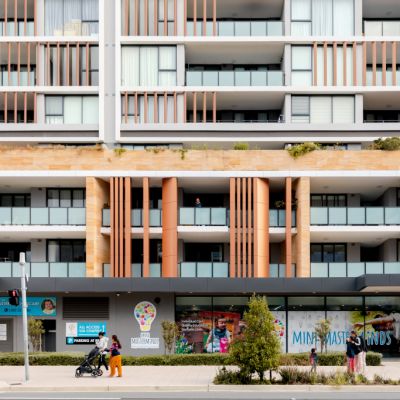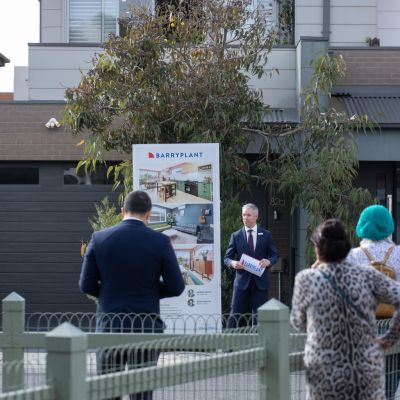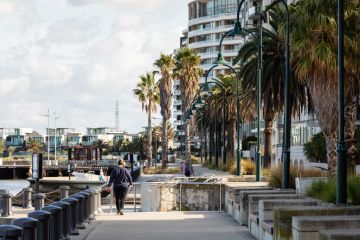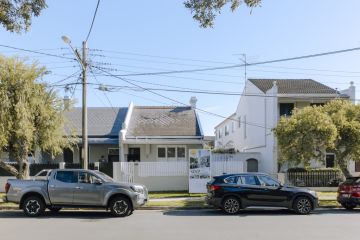International student cap: Is it a boon or bane for investors?
The decision by the federal government to slap a 270,000 cap on new international student enrolments in 2025 – 6.65 per cent less than this year’s figure – has set off alarm bells for those investing, or planning to invest, in student housing.
However, while numbers will be reduced for some institutions in NSW, Victoria and the ACT, some say investment in education accommodation in other areas will remain lucrative due to the national redistribution of permits, alongside the overall housing shortage.
“These shifts present new opportunities for student housing providers to expand into emerging markets with limited existing purpose-built facilities and competitive residential markets,” says Ray White head of research Vanessa Rader.
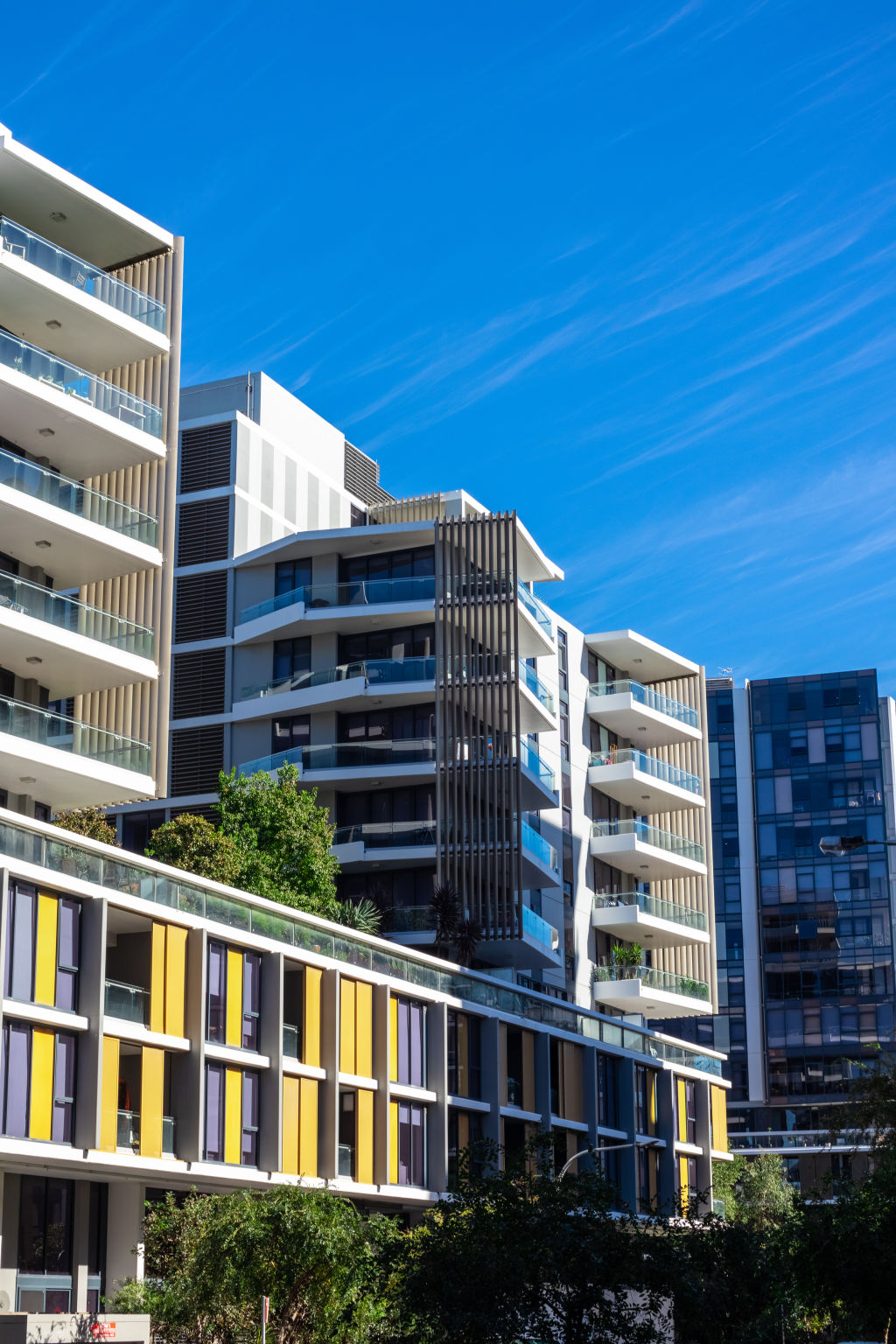
“Opportunities for developers, providers and investors are likely to emerge in those regions, such as south-east Queensland and Perth.
“Purpose-built student housing currently offers 76,500 beds across more than 200 facilities, catering to a fraction of the 1.4 million students enrolled in Australian universities annually.
“That underlying shortfall will likely continue to drive interest in the student housing sector in Australia.”
The introduction of the cap comes as a result of concern about the lack of rental housing stock available, rising rents as a result and record low vacancy rates.
It’s hoped that a pause in the growth of overseas student numbers might help to relieve the strain.
However, while the cap will cut the numbers of international students coming to this country, their volume will still surpass the number in 2023 and the pre-pandemic 2020 highs, which were below 250,000, Rader says.
Investment in that sector does offer excellent rental yields, believes EvanThornley, the executive chair of property advisors LongView.
It used to provide good capital growth, he adds, until banks moved away from lending for spaces smaller than 50 square metres.
“That led to a halving of prices but meant rental yields were even higher, and now you can often get 10 per cent and a high income for a low capital investment,” Thornley says.
“On the other side, it means very, very little capital growth.
“In the short term, we could look at what’s happening with student caps and what their impact will be, but usually an investment is for 10 years or more.
If more supply comes, then rental yields could be less, but even if they went down to 7 per cent, that’s still relatively attractive, and that could rebound once government stops using this as a de facto immigration policy and housing shortage solution.”
The devil, however, is in the detail, according to investment expert Bushy Martin, founder of KnowHow Property.
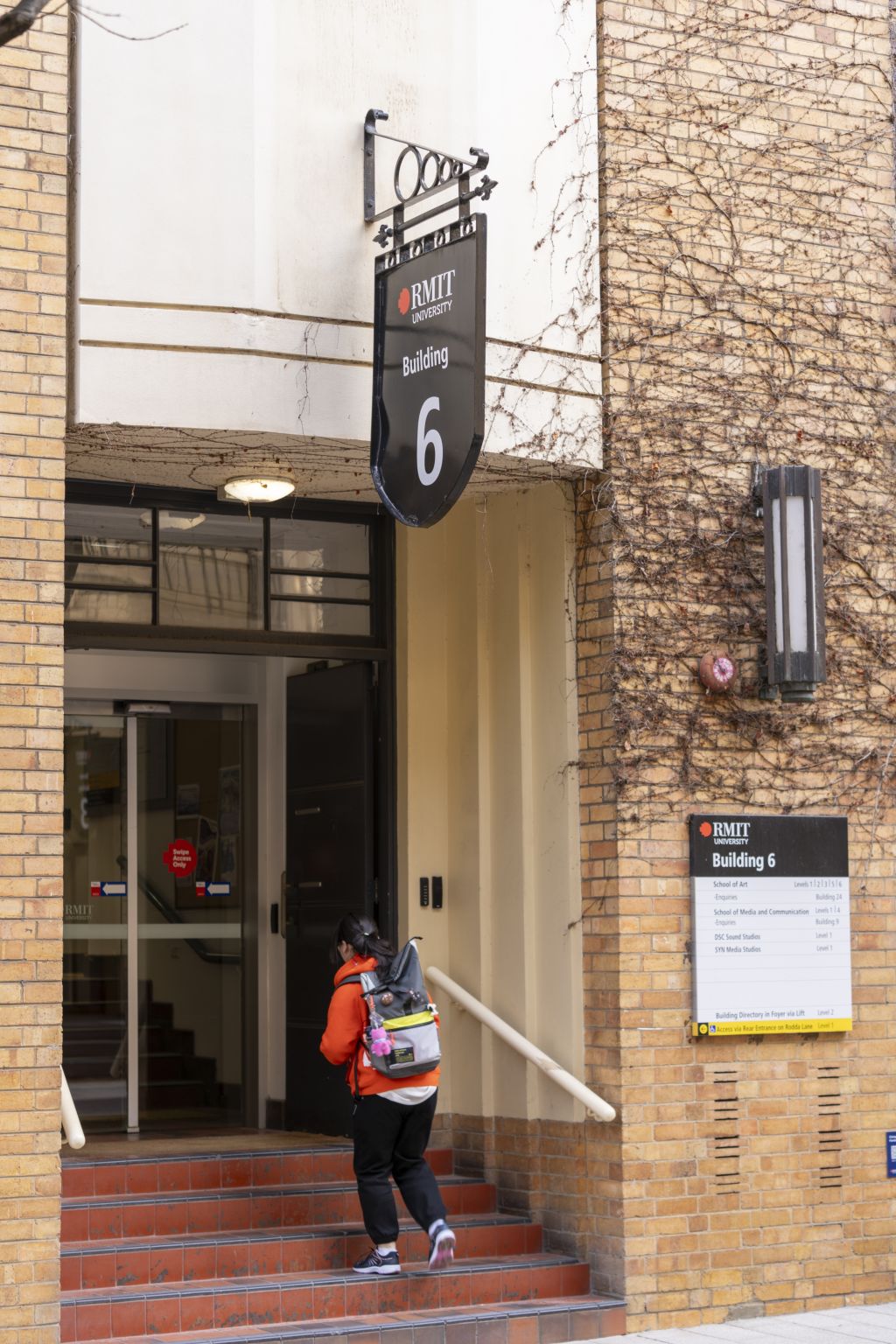
Of vital importance to would-be investors is the certainty that student number caps will remain at this level and that politicians won’t tinker with the distribution.
“We need to know that there’s going to be consistency in the figures,” Martin says. “Investors need this kind of assurance in order to make long-term investment decisions.
“As the bill currently stands, there’s a lot of ministerial discretion around the allocation of students to various education institutions in Australia, but we need this to be consistent too.
“If those two things aren’t steady, that’s when the wheels can fall off.
“But if the numbers will be the same going forward and ministerial discretion is removed, so they can’t change everything again at a whim or for political expediency, then there are a lot of positives for investors in this stock.”
We recommend
We thought you might like
States
Capital Cities
Capital Cities - Rentals
Popular Areas
Allhomes
More
